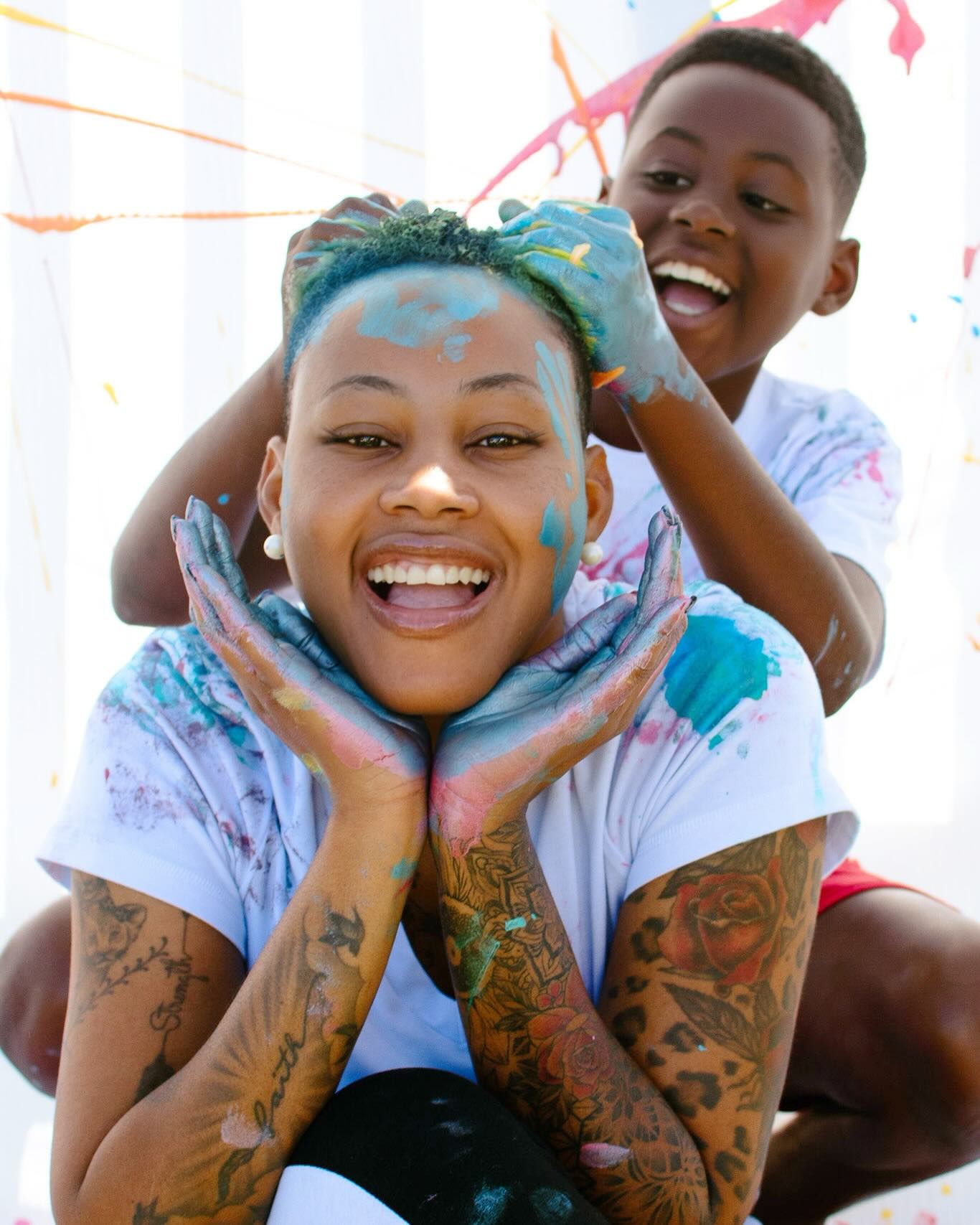We’re excited to introduce you to the always interesting and insightful Monique Williams. We hope you’ll enjoy our conversation with Monique below.
Monique, appreciate you joining us today. When did you first know you wanted to pursue a creative/artistic path professionally?
The first time I knew I wanted to pursue a creative path professionally was when a tragedy occurred. I lost the complete use of my voice in June 2020 when I had a second partial thyroidectomy due to thyroid cancer. While I had to cope with losing my voice, I found art!
For as long as I can remember, art has been my refuge. During this particularly challenging period in my life, when I felt overwhelmed by anxiety and self-doubt, I turned to painting as a way to express emotions I couldn’t articulate.
I remember the first canvas I created during this time. It was a chaotic burst of colors—reds, blues, and yellows swirling together. Each stroke was a release of pent-up feelings, a way to let go of the negativity that had been weighing me down. As I painted, I felt a sense of calm wash over me, as if the colors were cleansing my spirit.
Over the months, I began to explore different mediums: watercolor, charcoal, and even digital art. Each form allowed me to express myself in unique ways. I started sharing my work on social media, not only to showcase my art but also to connect with others who might be experiencing similar struggles. The feedback was overwhelming; people resonated with my story, and I realized I wasn’t alone in my journey.
Art became more than just a hobby; it became a lifeline. I began attending local art classes and workshops, where I met others who used creativity as a healing tool. Together, we shared our stories, supported one another, and celebrated our progress.
Today, I use my art to inspire others. I organize community painting sessions where participants can explore their emotions through creative expression. It’s a safe space where we can all heal together, one brushstroke at a time.
If you’re feeling lost or overwhelmed, I encourage you to pick up a brush, a pencil, or whatever medium speaks to you. Let your creativity flow and watch as it transforms your pain into something beautiful. Art has the power to heal, and it has certainly changed my life for the better.

As always, we appreciate you sharing your insights and we’ve got a few more questions for you, but before we get to all of that can you take a minute to introduce yourself and give our readers some of your back background and context?
I’m incredibly proud of developing my own unique style that blends abstract and realism. It reflects my personal journey and allows me to express complex emotions through vibrant colors and dynamic forms. I’m proud of my involvement in local art projects, where I collaborated with other artists to create a mural that now brightens our community center. It feels rewarding to contribute to the local art scene and engage with the community.
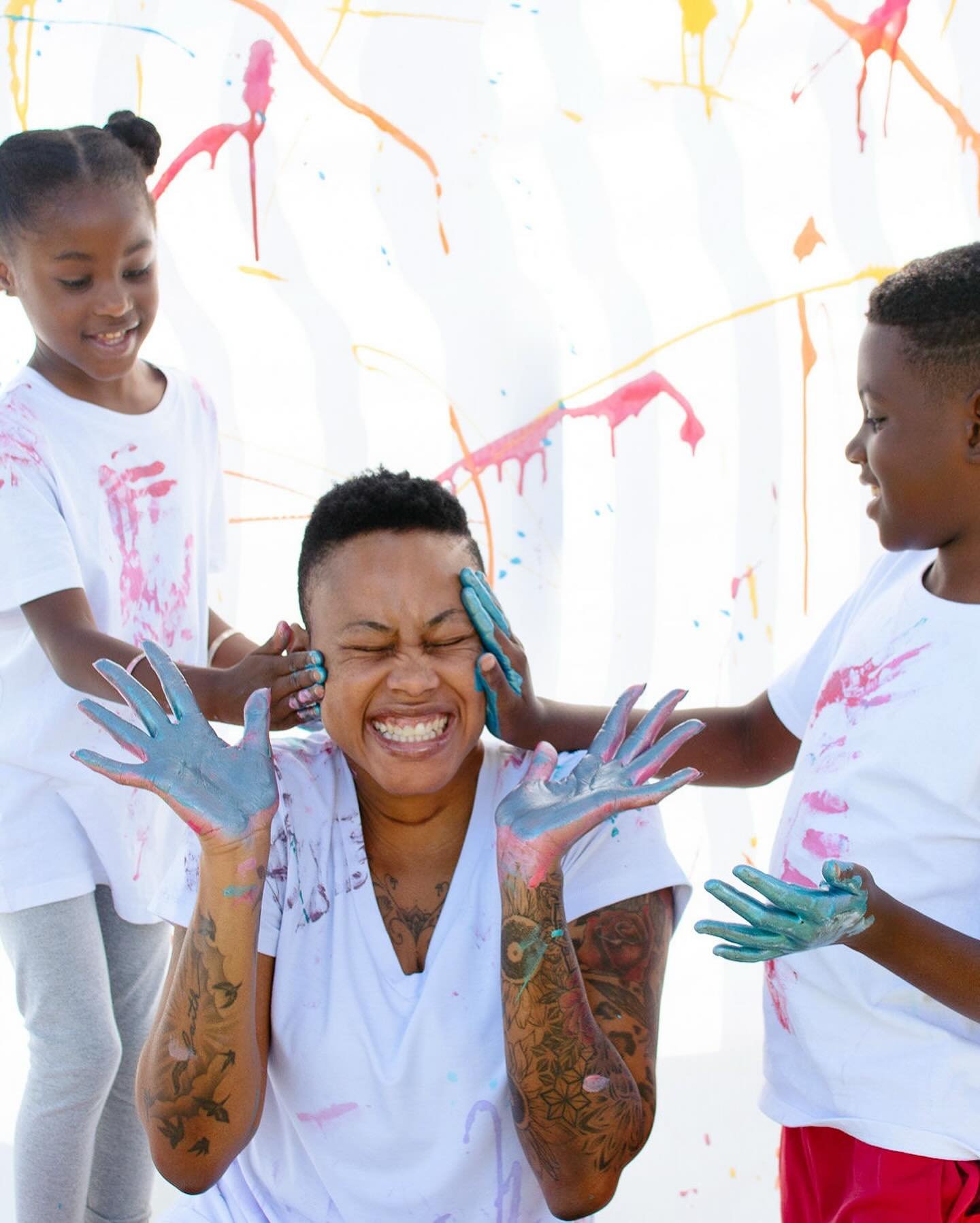
What do you find most rewarding about being a creative?
The Most Rewarding Aspect of Being an Artist: Creative Expression
As an artist, the most rewarding aspect of my journey is the ability to express my thoughts and emotions through my work. Art is my voice, allowing me to share my unique perspective on the world. Each piece I create is a reflection of my experiences, thoughts, and feelings, and being able to translate that into a visual form is incredibly fulfilling.
When I see someone connect with my art—whether it evokes joy, nostalgia, or even contemplation—I feel a profound sense of purpose. Knowing that my work can inspire others or resonate deeply with their own experiences is a powerful reminder of the impact art can have. It creates a bridge between us, fostering connection and understanding in a way that words often cannot.
Additionally, the process of creating art itself is an adventure. Every brushstroke, every decision about color and form, brings me joy and excitement. It’s a journey of exploration where I can experiment with new techniques and push my creative boundaries. This freedom to create without limits is a privilege that I cherish deeply.
Ultimately, being an artist allows me to contribute to the world in a meaningful way, leaving a piece of my soul behind for others to experience and enjoy.
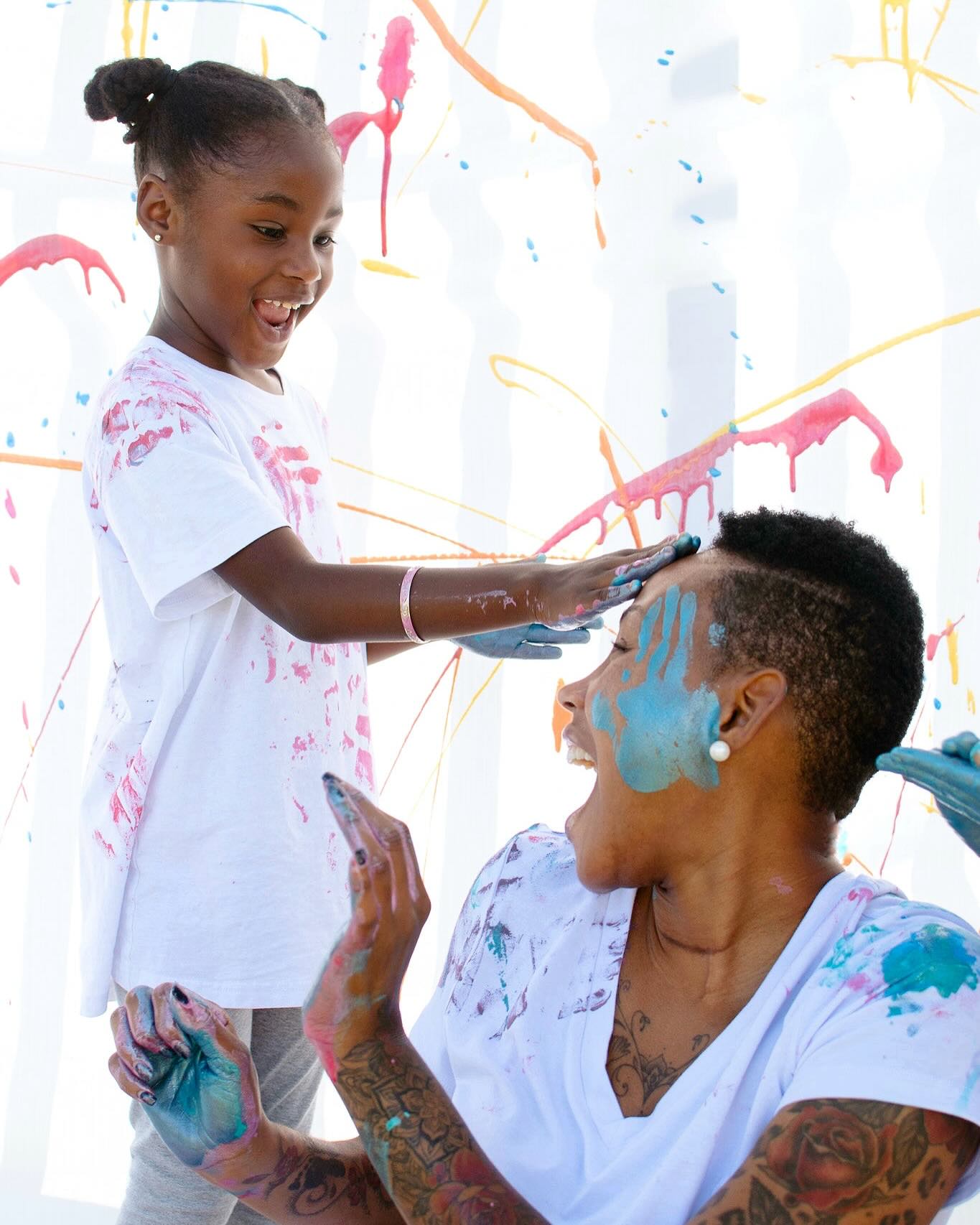
In your view, what can society to do to best support artists, creatives and a thriving creative ecosystem?
Here are some examples of how society can support artists and creatives:
Local governments could establish grant programs specifically for emerging artists, providing financial support to help them develop new projects or complete existing ones. For instance, a city might offer grants that fund public art installations or community art projects.
Art Education: Schools could integrate art programs into their curriculum from an early age, offering classes in various artistic disciplines, including visual arts, music, theater, and dance. Community centers might also host workshops for all ages, encouraging creativity and skill development.
Affordable Spaces: Cities could create artist incubators or co-working spaces that offer affordable studio rentals. For example, an urban area might convert underutilized buildings into creative spaces where artists can work, collaborate, and display their art.
Public Art Programs: Municipalities could initiate public art projects, such as murals or sculptures in parks and public spaces, providing artists with opportunities to showcase their work while beautifying the community.
Promotion and Exposure: Art fairs and festivals could be organized to highlight local artists. For instance, a local art festival might feature exhibitions, live performances, and interactive workshops, drawing attention to the talents within the community.
Cultural Policies: Governments could implement policies that allocate a percentage of public budgets for art and culture, ensuring consistent funding for artistic initiatives and promoting the arts as a vital part of community life.
Collaboration with Businesses: Local businesses could partner with artists to showcase their work in their establishments, such as restaurants displaying local artwork or sponsoring art shows, creating a vibrant atmosphere while supporting the creative community.
Mental Health Support: Community organizations could offer mental health workshops and counseling specifically for artists, addressing the unique pressures they face while providing resources to promote well-being.
Community Engagement: Neighborhoods could host art walks where local artists open their studios to the public, allowing community members to interact with artists and learn about their creative processes, fostering a stronger appreciation for the arts.
Contact Info:
- Website: https://linktr.ee/artexpressionswithmonique
- Instagram: https://www.instagram.com/artexpressions.monique/profilecard/?igsh=Ymh1cXFrMDRldjE5
- Facebook: https://www.facebook.com/profile.php?id=61560386232683&mibextid=wwXIfr&mibextid=wwXIfr
- Other: TikTok
https://www.tiktok.com/@artexpressions.monique?_t=ZT-8wEAdQLnW5j&_r=1
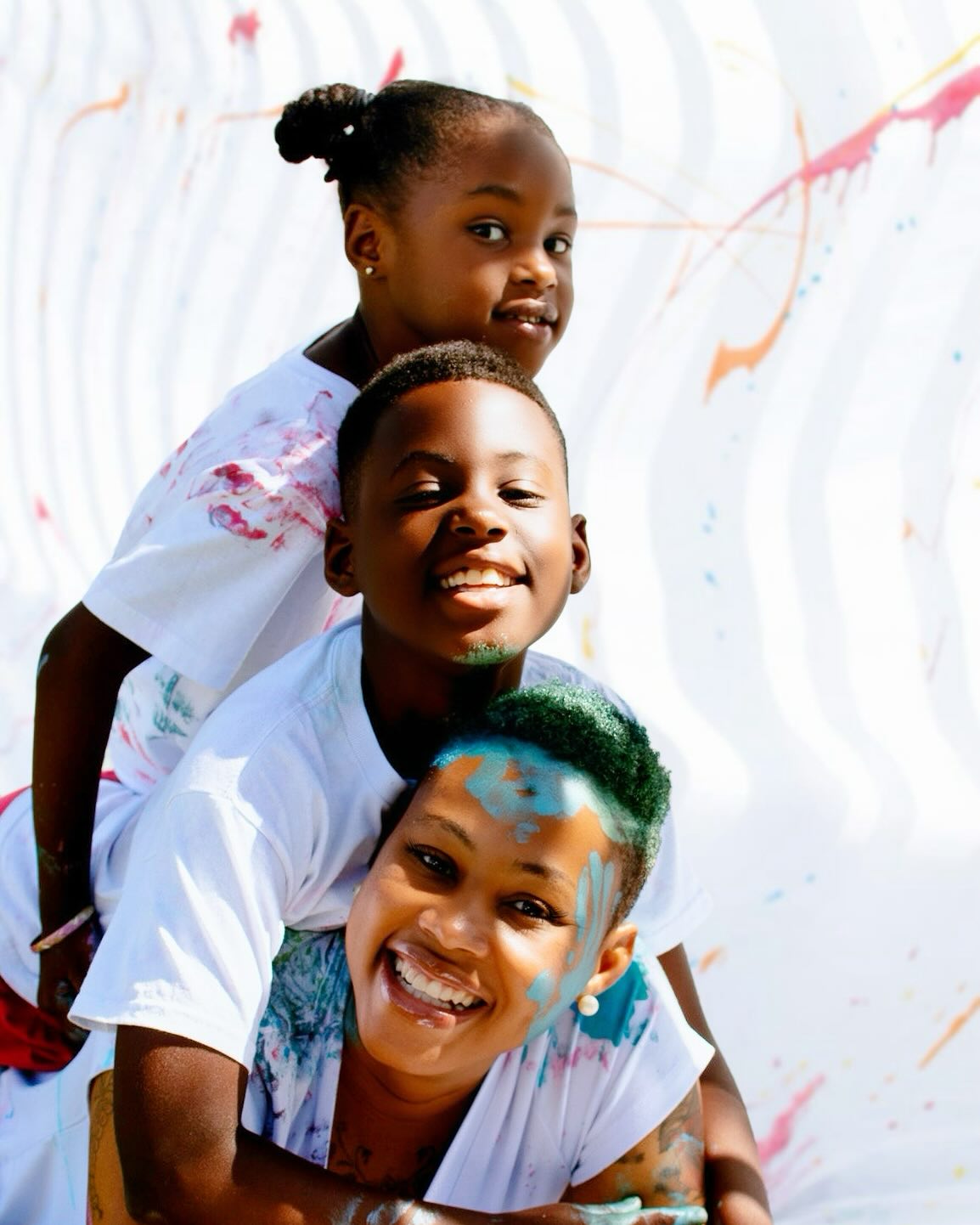
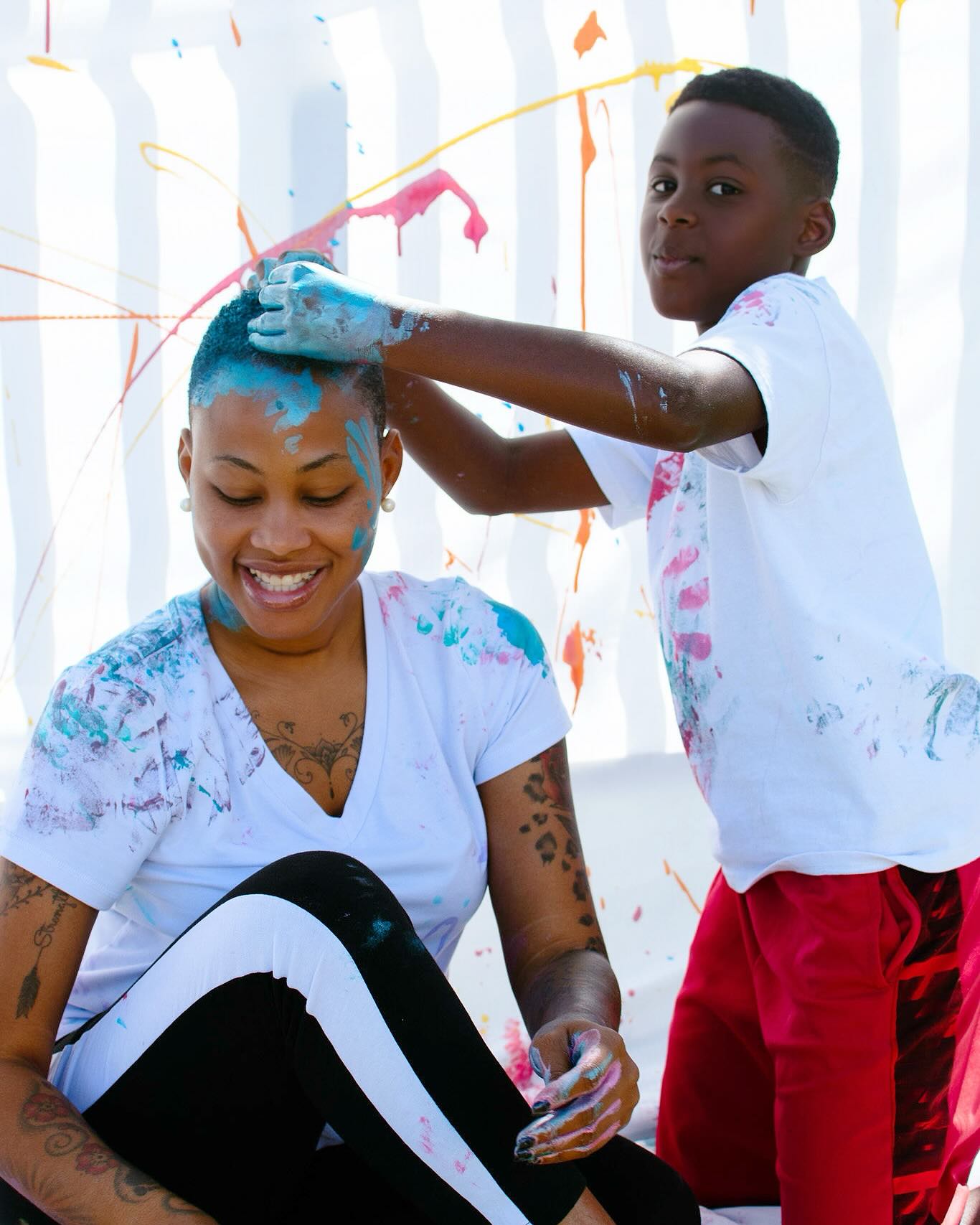
Image Credits
J. Botelho Photography


